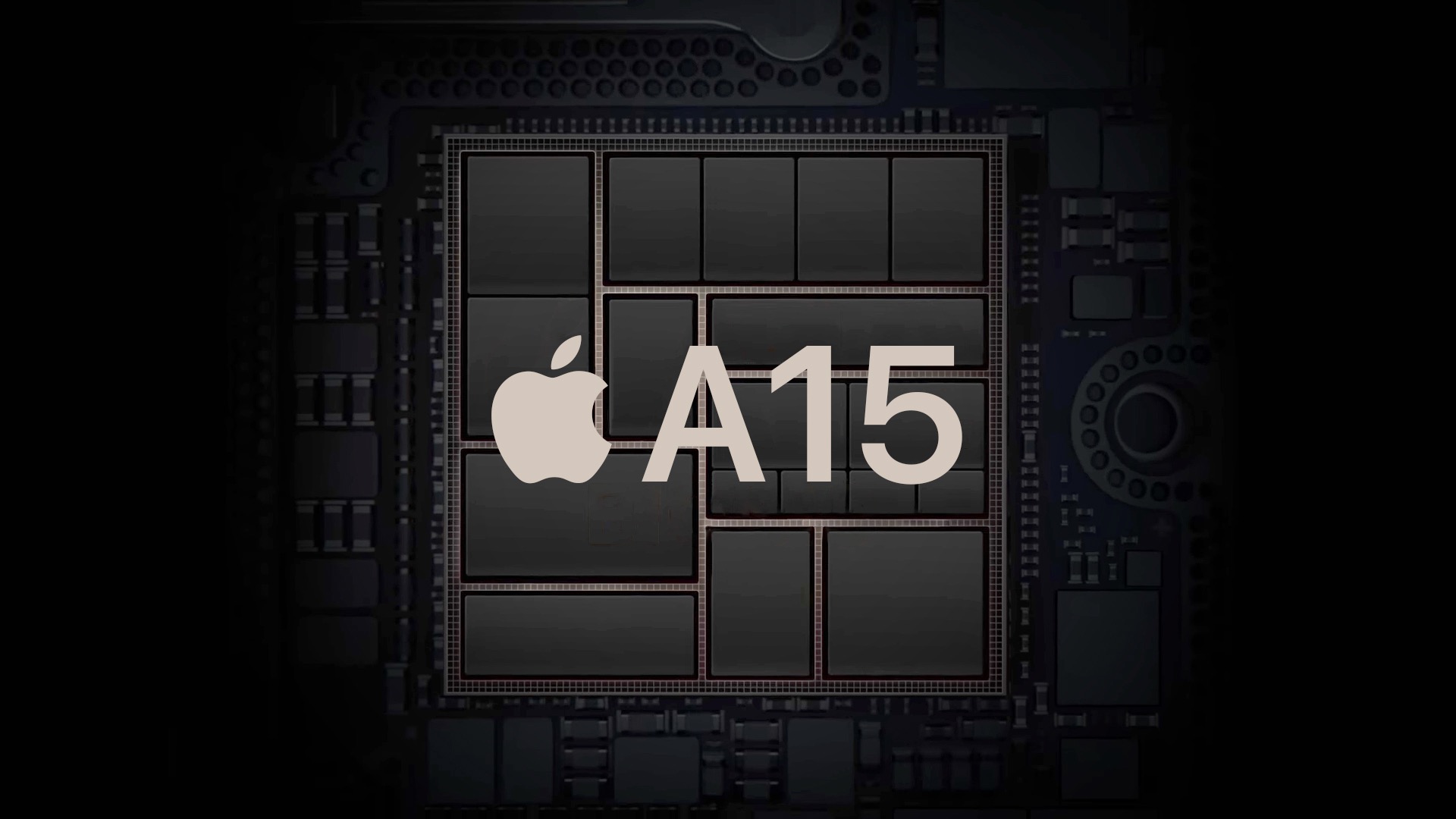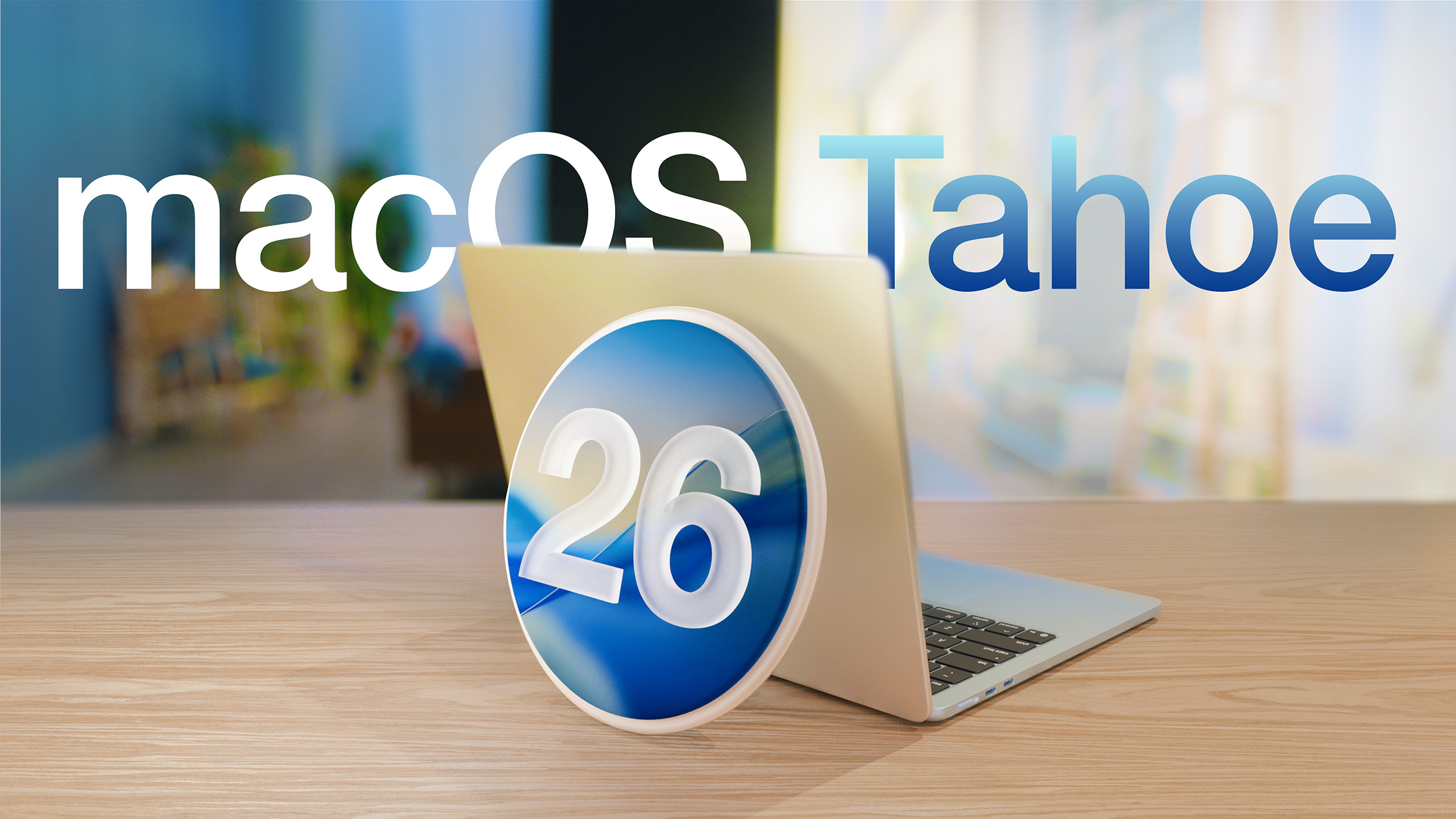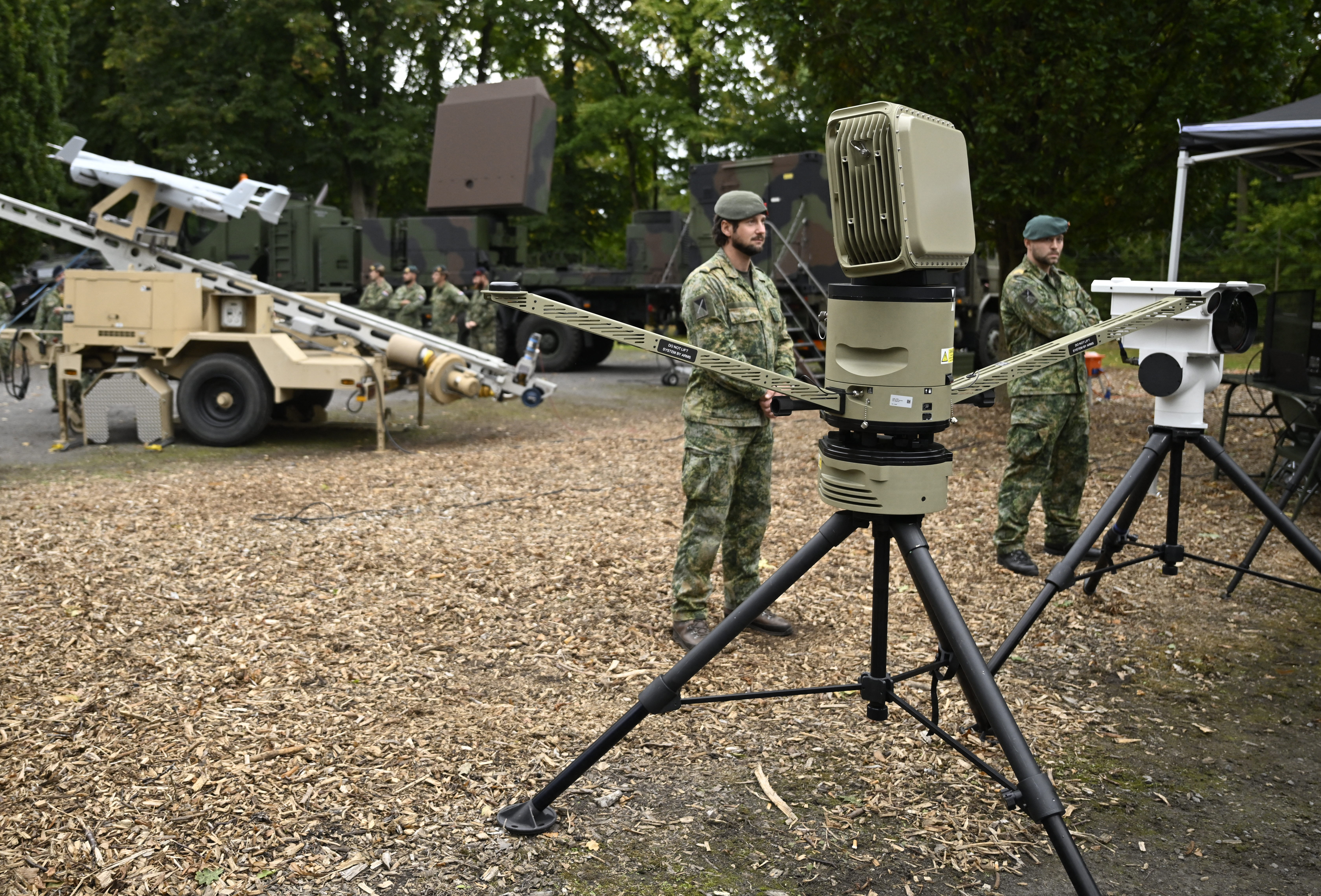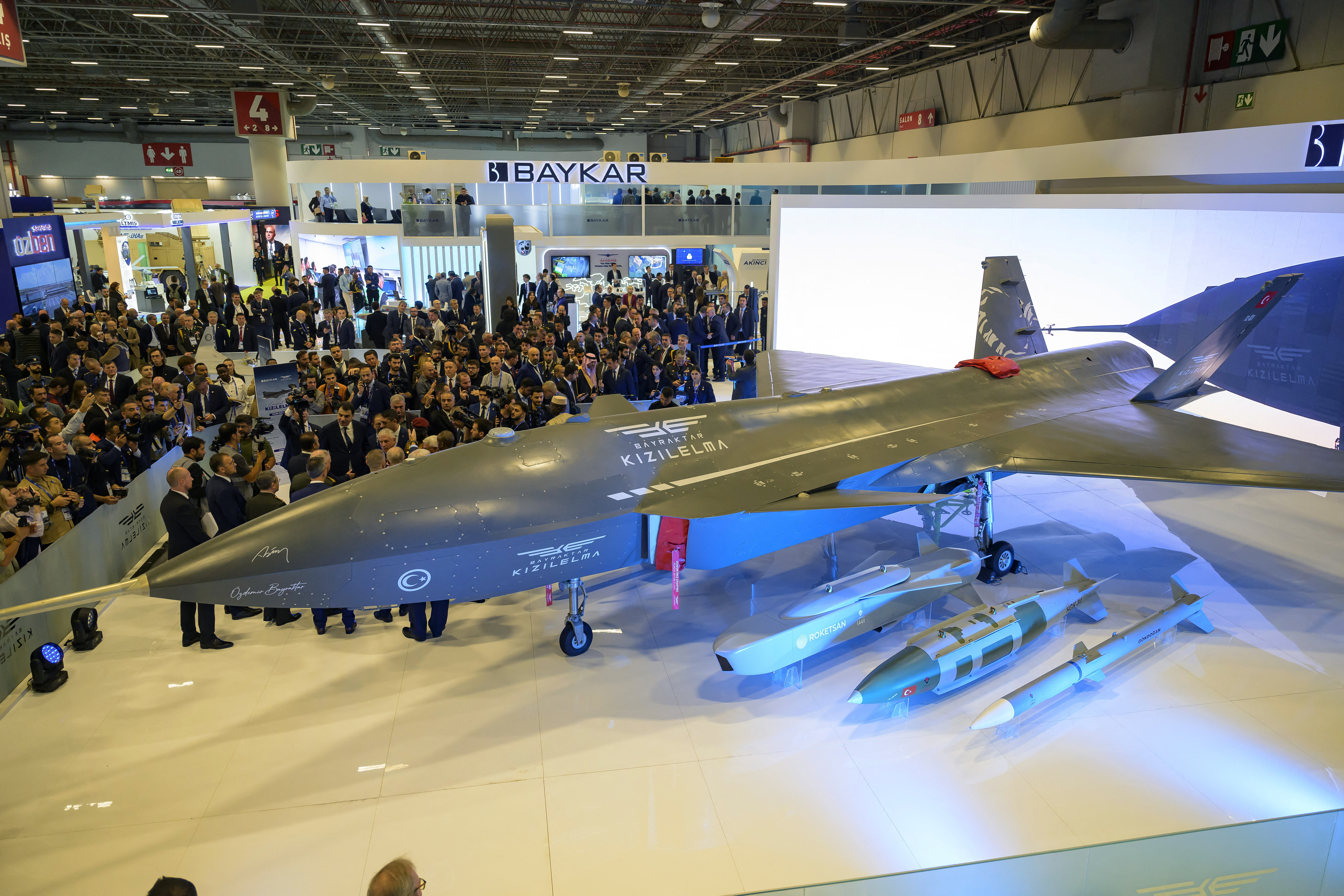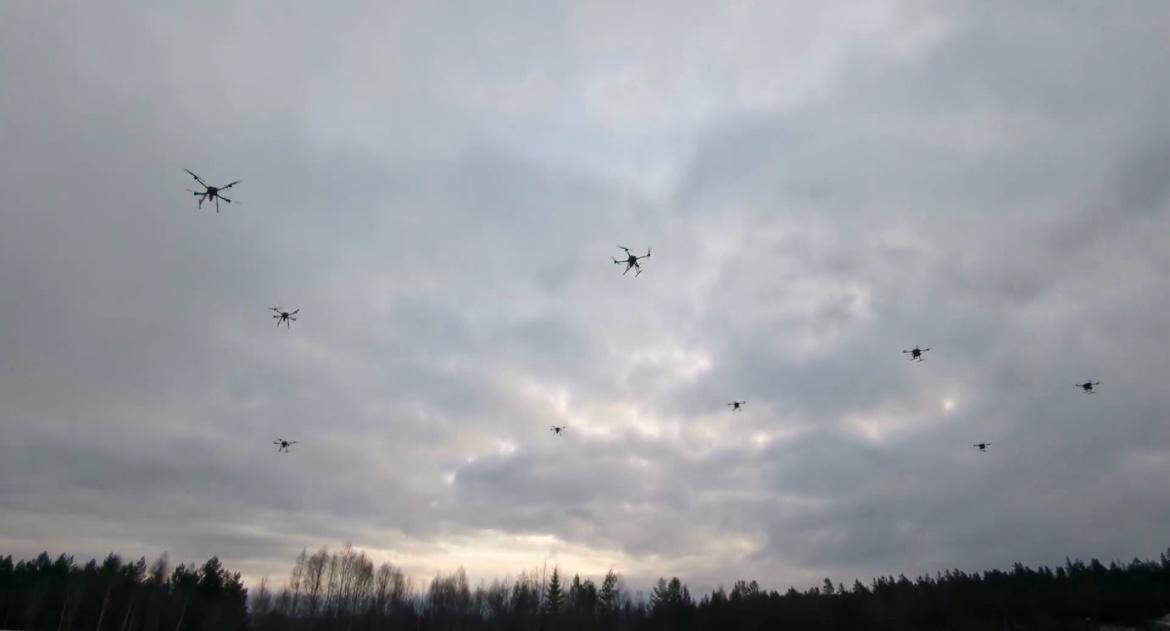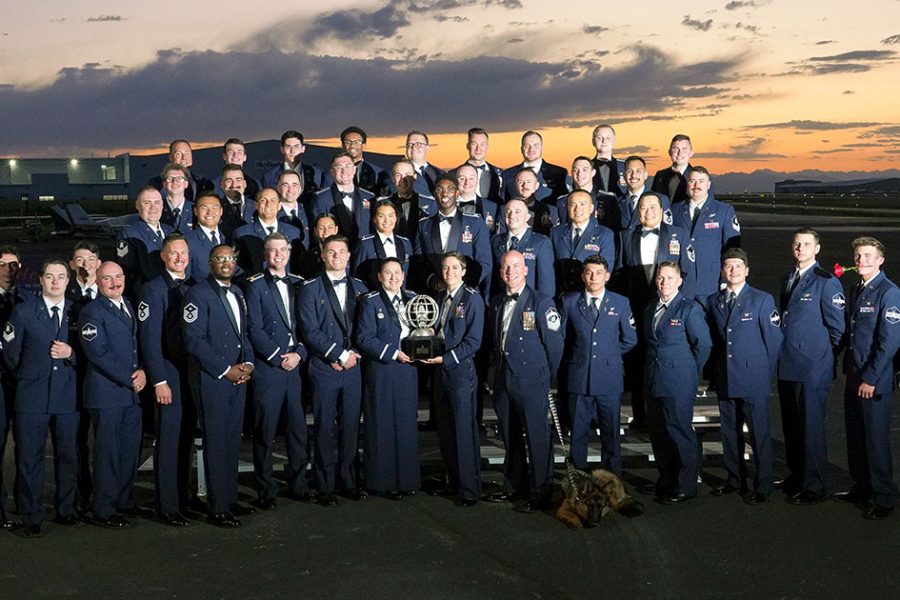
The Guardians of the 11th Space Warning Squadron were honored as the top U.S. Space Force unit for 2024 for their role in thwarting Iranian missile barrages last year.
The Mitchell Institute for Aerospace Studies selected the 11th SWS for the first-ever General Atomics Space Force Unit of the Year largely for unit’s the precise early warning of incoming missiles, which helped Air Force fighter pilots thousands of miles away launch to destroy hundreds of incoming Iranian missiles aimed at Israel in April and October of 2024.
The new award follows the Mitchell Institute’s annual General Atomics Remotely Piloted Aircraft Squadron of the Year award and seeks to recognize the achievements of Space Force units that often operate in the shadows from bases in the U.S. to deliver critical capabilities to front line warfighters.
When Iran began to launch missiles on April 13, alarms were set off at the 11th SWS and 2nd SWS operation centers. Just one missile will trigger an alarm that sounds “ding, ding, ding,” and before the attack was over, those alarms rang out 300 times.
Crews of a half dozen Guardians scurried to track each missile, verify the data, and pass it along as quickly as possible.
Capt. Abigail Flanner, weapons officer for the 11th, recalled how her teammates worked under extreme pressure in a recent episode of the Mitchell Institute’s Aerospace Advantage podcast.
“Those were both unprecedented attacks; we saw hundreds of missiles in a matter of minutes, and that really required us to look at how we’re doing our job,” Flannery said. “It really pushed our squadron to just figure out how [to] best tackle this new kind of threat … to make sure we’re providing that missile warning and missile defense that we need to be.”
Many of the Guardians proving themselves that day were newbies, not long out of high school, said Crew Chief Sgt. Jonathan Stark.
“This is their first responsibility right after high school, and we’re asking a lot of them,” Stark said. “And it’s just amazing to see how patient they are and how ready to accomplish the mission, and just how fired up they get for a mission.”
Throughout 2024, the 11th SWS reported some 2,700 missile launches, evaluated game-changing battlefield technologies, and developed courses of action for responding to large-scale missile salvos. Their work that increased on-time warning by 69 percent, according to their awards package.
Based at Buckley Space Force Base, Colo., the 11th traces its roots to Operation Desert Storm, where it was first created to provide early warning of Iraqi Scud missile launches. Today, it operates the Space-Based Infrared Systems satellite constellation and the Overhead Persistent Infra-Red Battlespace Awareness Center.
The 11th is responsible for “so much more than missile warning and tracking,” said the squadron’s commander, Lt. Col. Amanda Manship. It also evaluates emerging capabilities from Space Systems Command and sometimes delivers those capabilities “within days” to meet combatant commanders’ urgent battlefield requirements, she said.
During Iran’s April attack, the 11th was evaluating the next generation ground architecture for space based missile warning, known as the Future Operation Resilient Ground Evolution, or FORGE. That system will eventually replace the Space Awareness Global Exploitation, or SAGE, system, providing a scalable framework capable of handling greater volumes of missile launches more quickly, even while under cyber attack.
“We were actually in a trial period during the April attacks … and my team not only was trying to assess this new system, but put it to the test under literal fire,” Manship said. “The team did great adapting to the new system and the new way it operated while still meeting the objectives of missile warning and tracking.”
The 11th is the first unit to receive the GA Space Force Unit of the Year award. The Mitchell Institute spent more than a year working with Space Force staff to develop the judging criteria and other aspects of the award, said Charles Galbreath, senior resident fellow for the institute’s Space Power Center of Excellence. Units compete on the basis of how effectively they accomplish their mission, their impact on the overall force, and the ways they demonstrate innovation.
Manship said she was surprised when the 11th was selected, considering the caliber of talent throughout the Space Force. When she was able to share the news with her team, Manship said, she felt like a “proud mama hen” staring into their faces and seeing the “looks of proudness on all of their faces.”
The 11th will get to keep and display their trophy for a year, until it’s time for someone else to win. The trophy is decorated with the core values of the Space Force—character, commitment, connection and courage.
Now, as Manship prepares for her change of command, she said she sees those values reflected in her Guardians daily.
“I see it every single day with all of them,” she said, “regardless of rank, regardless of position. And they’re killing it.”
The post Space Force Unit that Tracked Iranian Missiles Earns New Honor appeared first on Air & Space Forces Magazine.

Personnel, Space, General Atomics, missile warning, Space Force, Unit of the Year, USSF
Air & Space Forces Magazine
[crypto-donation-box type=”tabular” show-coin=”all”]


